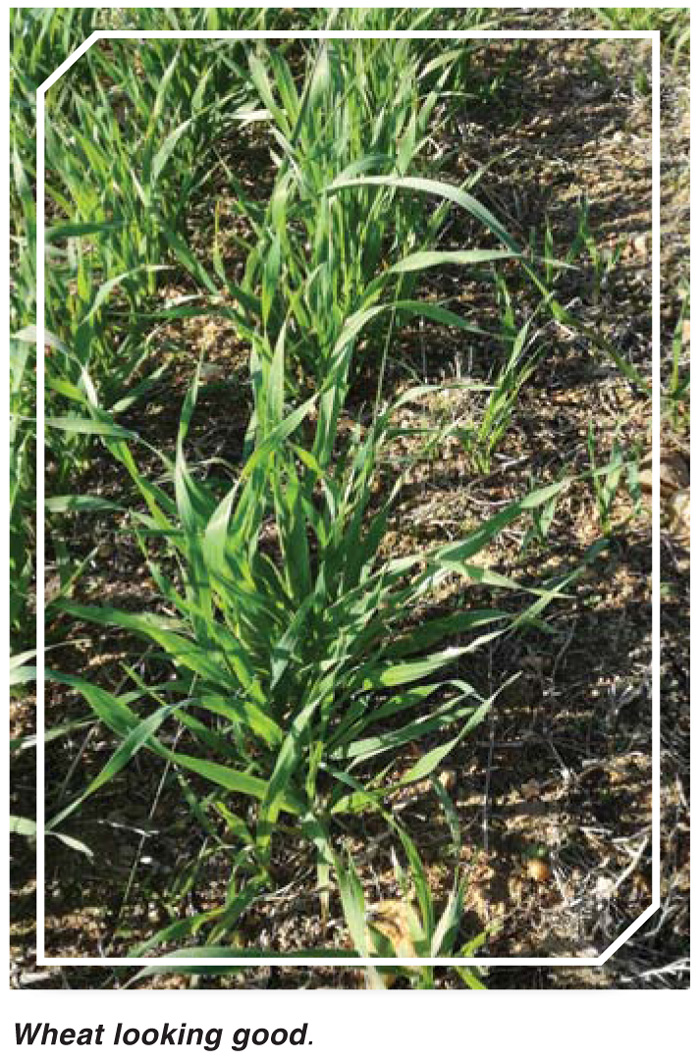June 2018
 Winter is approaching and therefore the new planting season for winter grains is under way and all eyes are focused on the weather expectations for the new season.
Winter is approaching and therefore the new planting season for winter grains is under way and all eyes are focused on the weather expectations for the new season.
The Western Cape where most of the country’s winter grains, which includes wheat, canola and barley, is produced had a very difficult year in terms of production conditions. The drought throughout the production season placed the Western Cape’s production under pressure and therefore the total production of the commodities as well.
The new season
According to the Crop Estimates committee (CEC) there are some mixed results in terms of the area that will be planted with winter grains for the season. The report by the CEC indicated that the area that will be planted with wheat could reach 500 500 hectares which is 1,8% more than the area that was planted in the previous season.
The wheat production circumstances in especially the Western Cape was very difficult during the 2017/2018 season as the drought has caused some serious crop losses. The new season’s plantings that showed a slight uptick is mostly expected to take place in the Free State as the expectations are that the area that will be planted in the Free State could increase by 15 000 hectares from the previous season’s area. The area planted in the Western Cape are expected to show a slight decline from the previous season’s area planted.
The canola and barley showed mixed results as the expectations for the area that will be planted for canola is lower than the area that was planted in the 2017/2018 season. The total expected area of canola is likely to reach 78 500 hectares from the 84 000 for the previous season. The barley area that will be planted for the season is expected to be slightly higher for the coming season as the intensions to plant report by the CEC indicated that the barley area planted can reach 95 700 hectares for the season.
What can be expected
The local market prices for the commodities such as wheat is mostly derived from the international market prices and therefore the variability in the South African production does not have such a large impact on the local prices. The market is mostly trading close to the import parity price since South Africa is a net importer of wheat. It is important to understand the two concepts in order to place it in more perspective.
Net importer: This means that the total amount of wheat which is produced in South Africa is less than the total amount which is consumed. This means that South Africa has to import wheat in order to meet the local demand. The prices therefore most of the time, trades close to the import parity price.
Import parity price: The term import parity price indicates the price that it will cost the country to import the wheat from some international destination. Since South Africa is a net importer of wheat the country is importing wheat most of the time. The buyers therefore have the option to either buy locally produced wheat or imported wheat. There is always a need for imported wheat and therefore the local prices is trading close to the import parity price.
The international market conditions therefore have a larger impact on the local market prices than the local production conditions and the international market prices have to be watched in order to determine what the possible price movements in the local prices can be.
Article submitted by Luan van der Walt, Agricultural Economist: Grain SA. For more information send an email to luan@grainsa.co.za.
Publication: June 2018
Section: Pula/Imvula